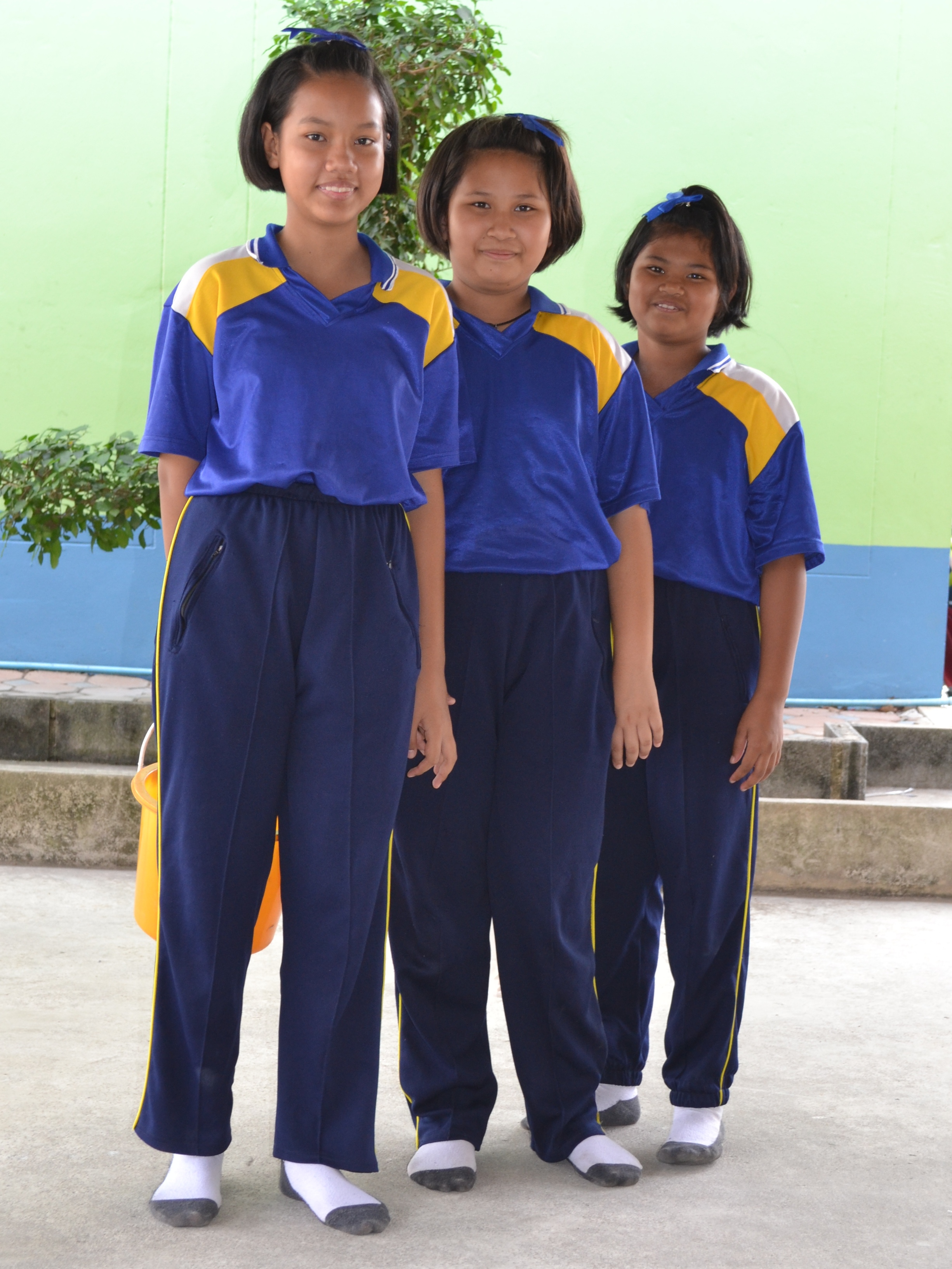 Last month, 37 school health and nutrition specialists from governments and NGOs in 13 countries took part in the 7th Asia School Health and Nutrition (SHN) training course in Bangkok.
Last month, 37 school health and nutrition specialists from governments and NGOs in 13 countries took part in the 7th Asia School Health and Nutrition (SHN) training course in Bangkok.
The internationally renowned course is designed to develop the capacity of SHN stakeholders from all stages in their career to develop and implement effective and sustainable SHN policies and programmes that can benefit all children.
With a focus on shared learning, policy analysis and the latest tools and practices, the course covered health and nutrition management in schools and the importance of SHN policy, skills based health education, school-based health services and a safe school environment. This year's course focussed on equity, inclusion and mainstreaming, including presenting recently published findings and case-studies.
The course occurs on an annual basis, with a limited number of places to ensure that participants benefit from a personalised and tailored learning environment. To help share some of the learnings from the course we asked participants to name the tools and resources that they would recommend to their colleagues.
1 - Learn from other countries' experiences
Ae Mon Htun– Assistant Director of School Health, Ministry of Health and Sports, Myanmar
 |
|
Myanmar's Ae Mon Htun |
"I was interested in strengthening my knowledge of school nutrition so as to support Myanmar's efforts to implement a nationwide school feeding programme that is uniform and sustainable. This something which other countries in the region had successfully implemented. "
"I wanted to learn how other countries had scaled up their feeding programmes, how they sustained them and what policies they had implemented. A key learning was the importance of gaining cross sectoral buy-in from the Ministries of Health and Education."
"You can learn a lot from each other, identifying potential solutions based on the experiences - both good and bad – that other countries have had. "
"On returning home to Myanmar a key task will be to develop a school feeding policy, this means advocacy, awareness raising, technical working groups and raising the interest and commitment from political leaders. "
Resources you can use:
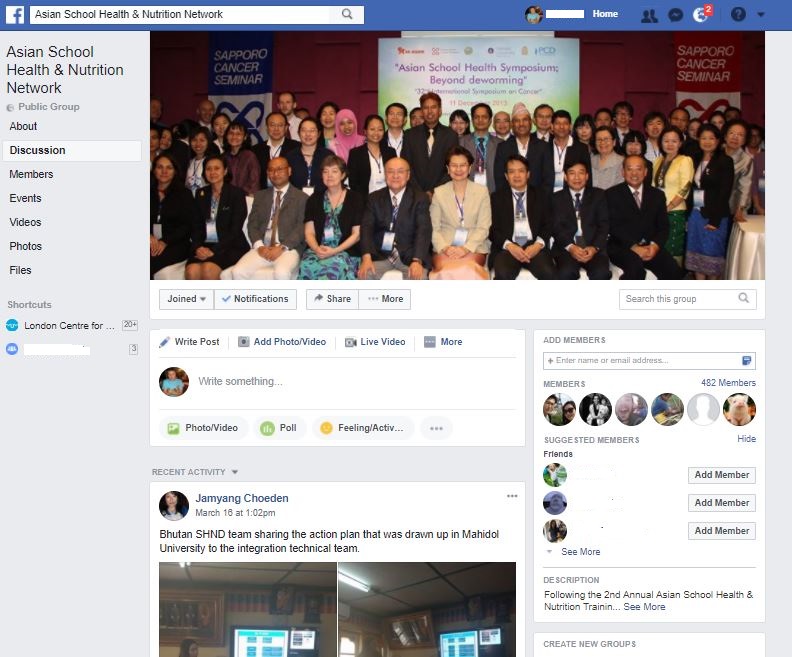 |
-
Sign up to the Asia SHN Network Facebook page
Network and share tools, tips and resources from SHN stakeholders based in Asia. Sign up to the page at www.facebook.com/groups/asianshn
-
Download country presentations SHN training course
All 11 countries that participated in training course gave presentations on the SHN situation in their country and their projected work plans to strengthen SHN. Download the presentations from www.schoolsandhealth.org/Pages/Asia-SHN-Training-Course.aspx
2 - Get to know your country's policy environment
Sajani Prava Bajracharya.
- School Meal Programme, World Food Programme Nepal.
 |
|
Nepal's Sajani Prava Bajracharya.
(c) with Thai pupils during a school visit |
"I attended the course to improve my understanding of how to forumlate school health policies, how they link together and how different countries use different policies to implement and sustain SHN programmes. I wanted to gain a better holistic picture of SHN so that I could better link the school meal programme with other activities and initiatives.
"In Nepal there are a lot of NGOs working in different regions and on different programmes, this can throw up lots of duplication of activities. This course introduced me to the policy analysis tool SABER or Systems Approach for Better Education Results Framework.
"For me the SABER was incredibly helpful exercise in analysing SHN in my country, it's almost like going to the doctor to diagnose what the issues are with SHN. "
"During the SABER exercise we realised that Nepal already had a number of policies in place that hadn't been fully implemented due to a lack of funding, community engagement or cross sectoral collaboration. "
"When I go home I'm keen to implement a cross-sectoral programme that works with communities to tackle junk food intake in schools. "
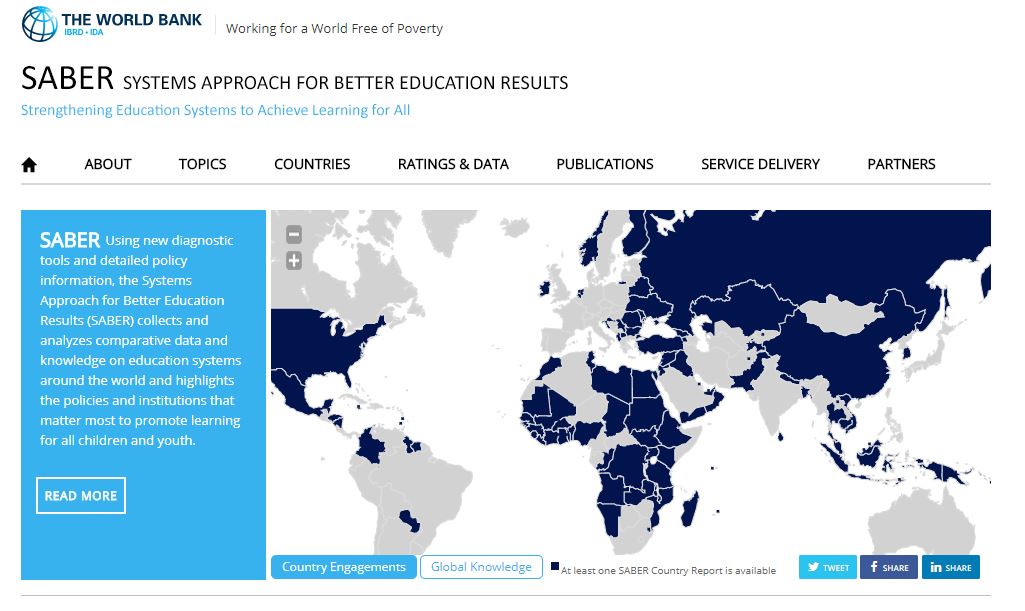 |
Resources you can use:-
Systems Approach for Better Education Results (SABER) Framework
SABER is framework developed by the World Bank to collect, compare and evaluate education policies from around the world.
At the country level, it provides education systems analyses, assessments, diagnosis, and opportunities for dialogue. At the global level, it improves the education systems knowledge base and uses this information to implement effective reforms. Visit the SABER website
3- Integrate both your programmes and your stakeholders
Sangay Thinley - Comprehensive School Health Programme, Ministry of Health, Bhutan.
Kungzang Deki- School Health and Nutrition Division, Ministry of Education, Bhutan.
"The focus on integration during this course was very relevant for SHN in Bhutan, both in terms of integrating the work of different sectors and also integrating different interventions. "
 |
|
Bhutan's Sangay Thinley (R) on a school visit with colleagues from Nepal, Pakistan and Cambodia |
"In SHN it's not just health alone, there are many actors, it is at its most effective when there is cross sectoral collaboration. For example in school feeding it involves stakeholders from agriculture, health and education. Unfortunately, from my experience there is still a lot of people working in the own silos or boxes."
"Bhutan has experience of integrating different interventions such as linking deworming with Vitamin A supplementation, school based health screening and vaccination programmes. We learnt from the initiatives such as the School Health Integrated Programming, that to strengthen and sustain these comprehensive SHN programmes we need to mainstream integration into the country's Education Sector Plans. "
"We have included integration as a key framework in the SHN action plan that we will be taking back home with us. We'll be briefing our immediate bosses and developing terms of reference for an integration committee made up of stakeholders to identify how best to implement an integrated strategy"
Resources you can use:
-
School Health Integrated Programming (SHIP)
SHIP is a joint Initiative of the
World Bank,
Sightsavers and Imperial College London's Partnership for Child Development with funding from the
Global Partnership for Education. It aims to support Governments to develop, implement and mainstream comprehensive inclusive SHN policies and programmes.
As part of this work the initiative has developed a suite of manuals and training guidelines to support the education sector in designing an SHN programme. The guidelines cover operationalizing school-based deworming and eye health programmes, and include a teacher's handbook for supporting inclusive SHN in the classroom and the school.
4 - Use the evidence-base to advocate for SHN
Noy Sidavong -Department of Early Childhood Education, Ministry of Education and Sports, Laos.
Phanyathip Lathasing - Suvannakhet Teacher Training College, Laos.
Sitthideth Saengsouly - Department of Education, Provincial Education and Sports Service, Laos.
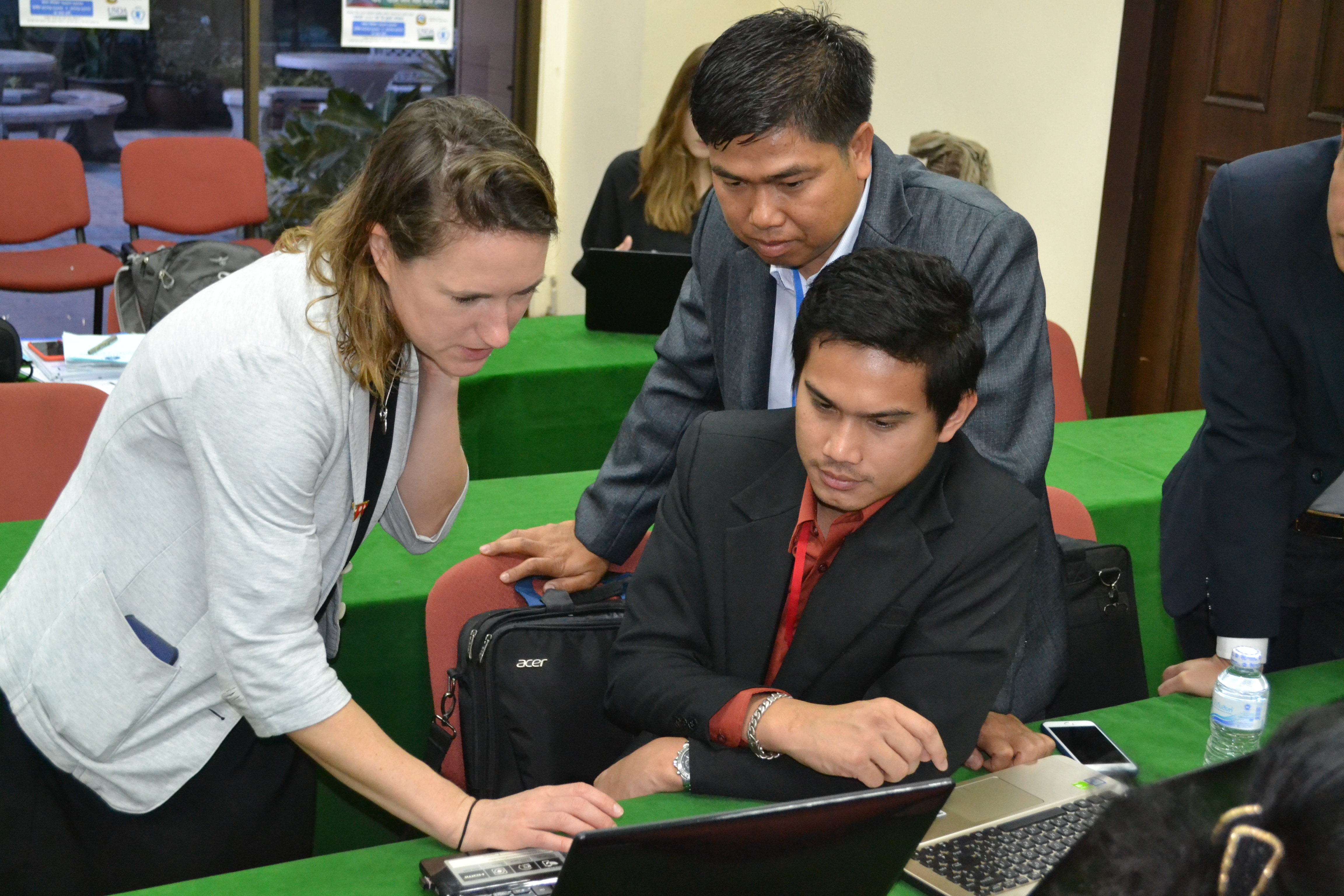 |
|
Noy Sidavong and Sitthideth Saengsouly discussing Laos's action plan with Imperial College's Dr Laura Appleby |
"The course provides a lot of relevant evidence and information on how countries have strengthened their school health programmes and policies. We were able to critically assess SHN provision in Laos and use the experiences of other countries to identify ways to strengthen our own programmes. We'll be taking back a number of ideas and approaches to implement once we get back."
"In Laos, we have high primary school dropout rates, in part due to poor health of the children. In the action plan we developed at the end of the week, we've targeted increasing school-based health screening as a means to identify and treat health issues before they force children to drop out. "
"There is only a small budget for SHN in Laos so we will need to advocate for funding to support any new screening initiatives. To do this we'll put forward a case to the Ministry which, using the tools and knowledge presented throughout the week by the course tutors and professors, evidences the positive impact that SHN can have on the health and education of children. "
"We'll be presenting a report to the Ministry containing the evidence of impact that different SHN interventions will have on educational outcomes and the knock on effect this has on the wider economy. We'll also be advocating for SHN at a range of meetings highlighting the importance of SHN and what Laos needs gaps are in terms of strengthening its SHN programmes. "
"Learnings from the course will be included in the teacher training programmes run at both national and regional levels. "
Resources you can use:
-
Child and Adolescent Health and Development Vol 8 in Disease Control Priorities Ed 3
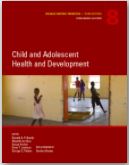
|
The latest research findings and evidence for the impact of school health and nutrition have been recently published in a volume of Disease Control Priorities 3rd Edition. This seminal publication is updated once a decade and contains chapters looking at all the issues affecting the health and development of children and adolescents aged 5-19
-
Lectures and handout materials
All the materials and lectures presented at the 7th Asia SHN training course are available for download from http://www.schoolsandhealth.org/Pages/Asia-SHN-Training-Course.aspx. In addition to the lectures, presentations from a special symposium on
Mainstreaming Inclusive School Health & Nutrition are available for download.
Acknowledgements
The Asia SHN course was run in partnership with the
Asian Centre of International Parasite Control (ACIPAC) at Mahidol University’s Faculty of Tropical Medicine in Parasitic Disease Control, the
Japan Consortium for Global School Health Research (JC-GSHR) and the
Partnership for Child Development (PCD) at Imperial College London, with support from
Sightsavers, the
Global Partnership for Education and the
World Bank.
The Symposium on Mainstreaming Inclusive School Health & Nutrition was supported by GPE, Sightsavers, PCD and the World Bank with funding from the Global Partnership for Education as part of the School Health Integrated Programming Initative.

